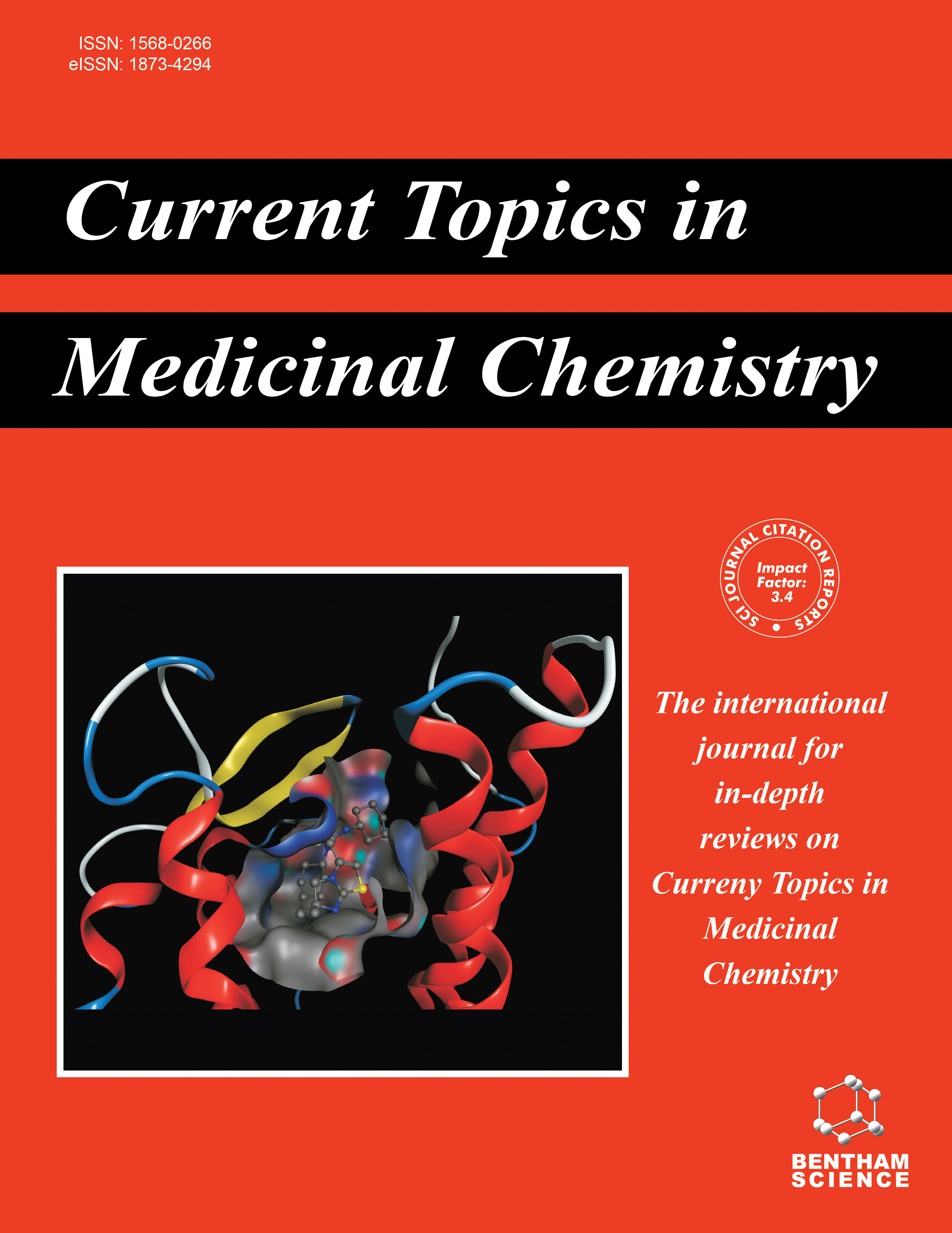
Full text loading...
Alzheimer's Disease (AD), a progressive neurodegenerative disorder, is characterized by the accumulation of neurofibrillary tangles and β-amyloid plaques, leading to a decline in cognitive function. AD is characterized by tau protein hyperphosphorylation and extracellular β-amyloid accumulation. Even after much research, there are still no proven cures for AD. The neuroprotective, anti-inflammatory, and antioxidant qualities of melatonin, a hormone mostly produced by the pineal gland, have drawn interest as a possible treatment option for AD. This study looks at new evidence that suggests melatonin overexpression to be a promising therapy option for AD. Melatonin levels naturally decline with age and decrease more significantly in individuals with AD, worsening neurodegenerative processes. Melatonin has therapeutic potential as it inhibits Aβ formation, prevents amyloid fibril extension through structure-dependent interactions, and protects neurons from Aβ-induced toxicity. Melatonin promotes neurogenesis, which is decreased in AD, suggesting it may treat the disease's many pathologies. The review emphasizes the importance of melatonin's mechanisms of action, including its capacity to reduce neuroinflammation, regulate mitochondrial function, scavenge free radicals, and influence apoptotic pathways. As research into AD continues, this article provides a forward-looking perspective on how future studies could leverage melatonin’s multifaceted neuroprotective properties to develop more effective treatments for AD.

Article metrics loading...

Full text loading...
References


Data & Media loading...

